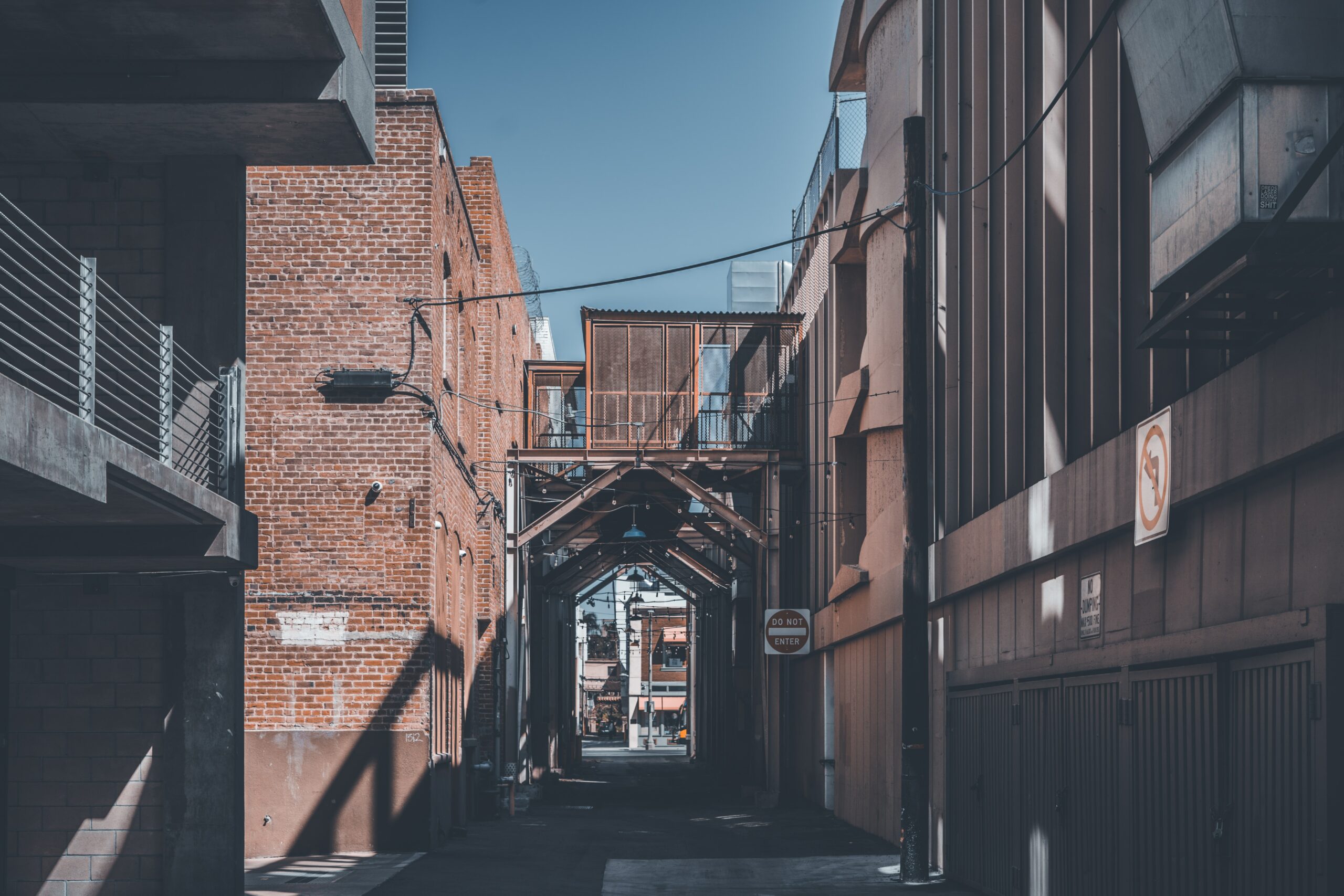How are inspections done, and what does Kent and Essex look for?
A Kent and Essex employee or a qualified contract inspector will complete your inspection. We will examine your property to identify opportunities to help you prevent losses and to protect your safety.
We will complete an assessment of the building’s general conditions and your heating, plumbing, and electrical systems, checking for exposures or conditions that could lead to injury.
We will also collect photos and information during the inspection to ensure your coverage is up to date.
Why do I need smoke alarms and carbon monoxide detectors?
Smoke alarms and carbon monoxide detectors save lives by providing warnings that can protect you from fire, injuries, and carbon monoxide poisoning. It is essential to install smoke alarms and carbon monoxide (CO) detectors at your home or property.
Here are some easy installation and maintenance tips:
- Ensure detectors are installed, cleaned, and tested according to the manufacturer’s instructions.
- Replace CO detectors every five years and smoke detectors every ten years.
- Change the batteries as often as recommended by the manufacturer or sooner if you hear the warning chirp.
- Install detectors on each level of your home, including the basement.
Is my wood stove safe?
Your wood stove must be installed according to the manufacturers’ instructions and should meet the WETT (Wood Energy Technology Transfer) safety guidelines. To ensure wood stove safety, you should always:
- Have your chimney cleaned regularly by a professional.
- Let ashes cool completely in a metal container with a lid before discarding.
- Keep a fire extinguisher close to your wood stove that is fully charged and regularly maintained.
- Store your wood supply and all combustibles at a safe distance.
- Ensure you have smoke alarms and carbon monoxide detectors installed in the proper locations and tested regularly.
How can I protect my home from water damage?
Here are some tips to reduce the risk of a flood around your home:
- Install water detection devices that will alert you of any issues.
- Remove snow around the foundation and clear the areas around window wells.
- Clear eavestroughs and downspouts to ensure they are directing water away from your home.
- Monitor your roof’s condition and make necessary repairs as required.
- Make sure your sump pump and/or backflow valves work correctly.
- Clear drainage ditches and culverts of all debris.
- Wait until the possibility of frost has passed before re-opening valves to outside water hose connections to avoid pipes freezing and bursting.
- Make sure the land around your home slopes away from the foundation.
- Check that your sidewalks, patios, decks, and driveway haven’t shifted to cause water to drain back towards your house.
- Take stock of the items in your basement and consider keeping items in waterproof containers off the ground if possible.
- Use braided, stainless steel lines for your washing machines.
My windshield is cracked/chipped; what should I do?
If your auto policy has Comprehensive or All Perils coverage, you can directly contact the glass repair shop. The shop will need to see your auto insurance slip (pink slip) to submit the claim to us. If the glass is unrepairable, you will be required to pay your deductible. The shop will confirm your deductible amount with us and collect payment once the repair is complete. If you are still not sure what to do, contact your broker for assistance.
